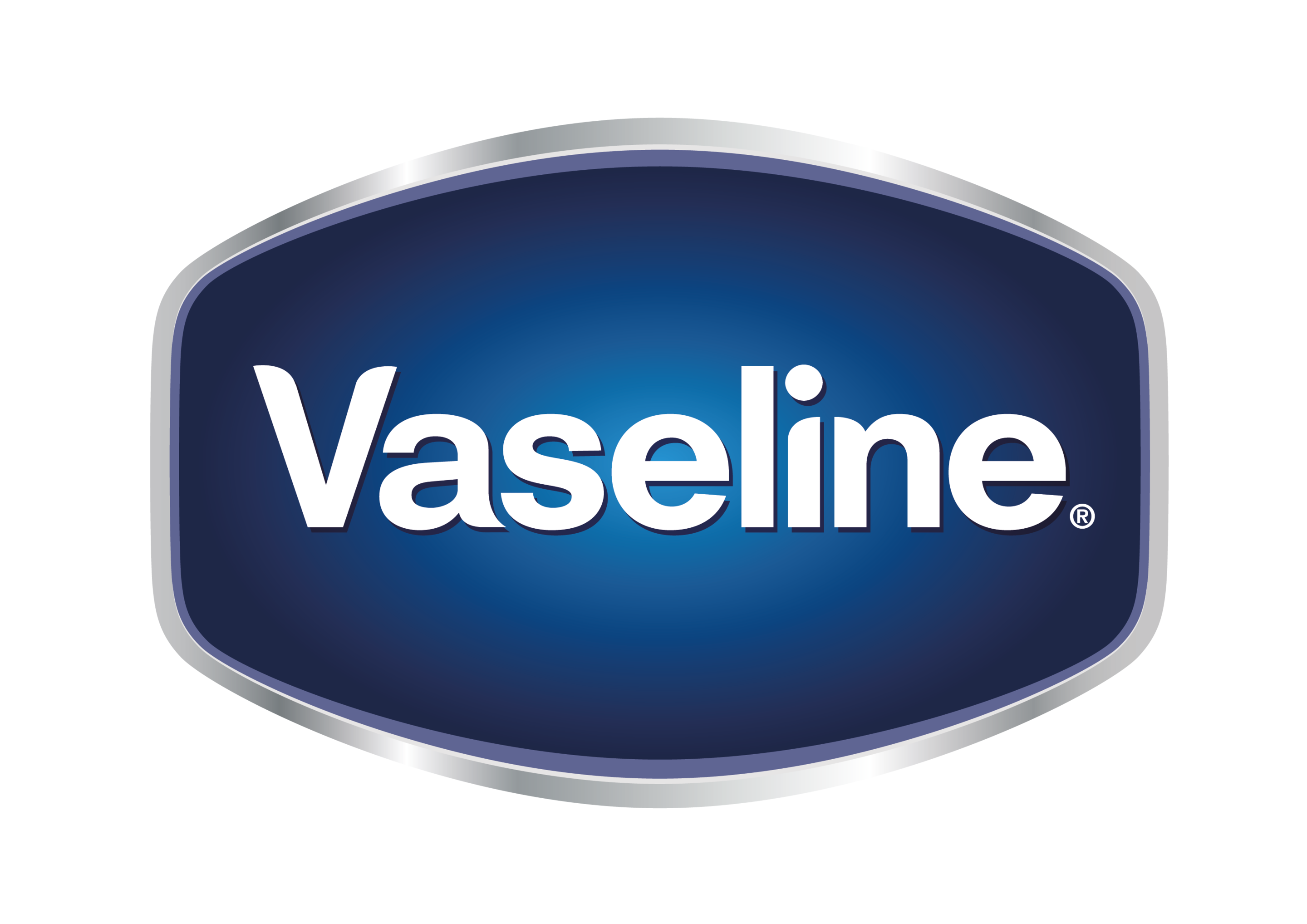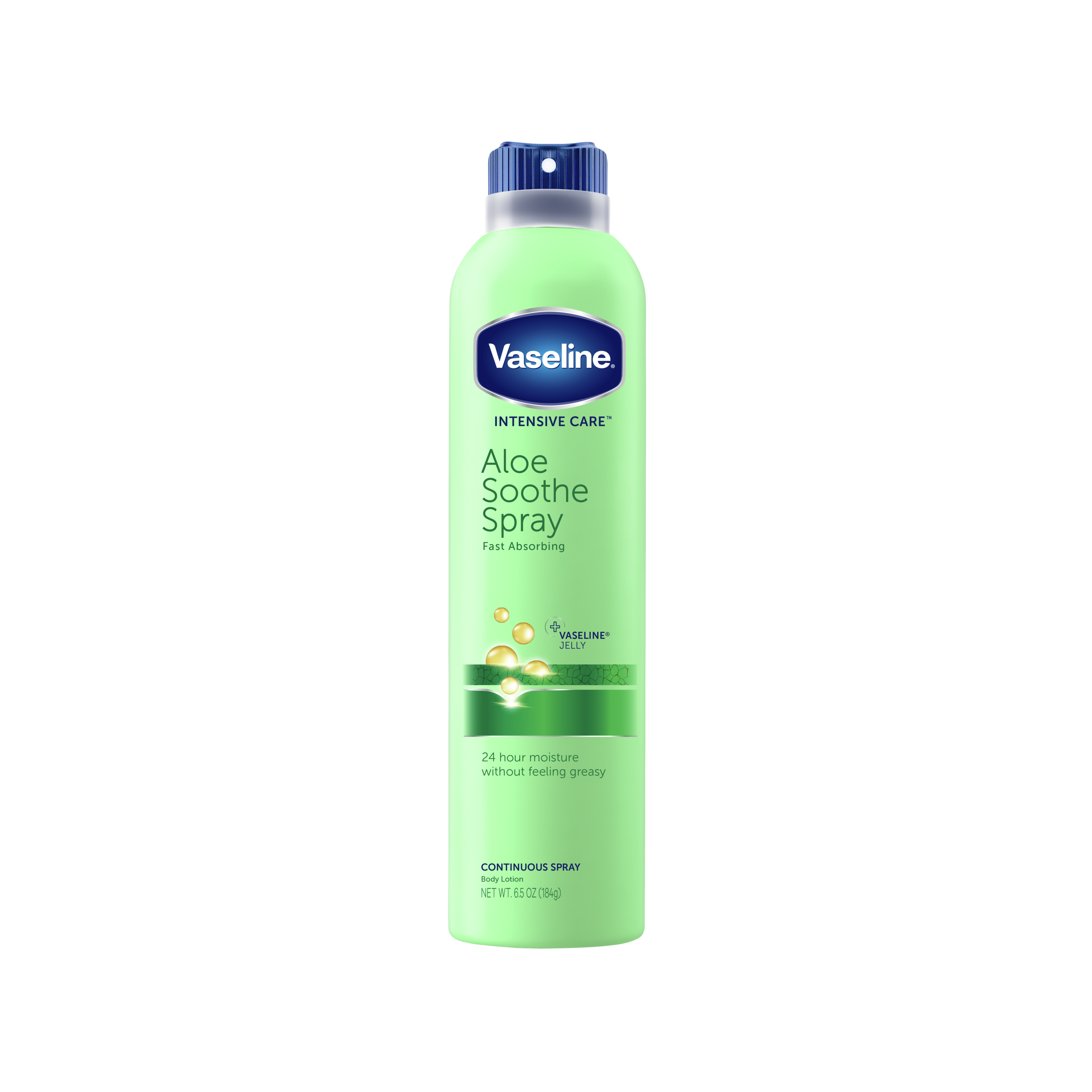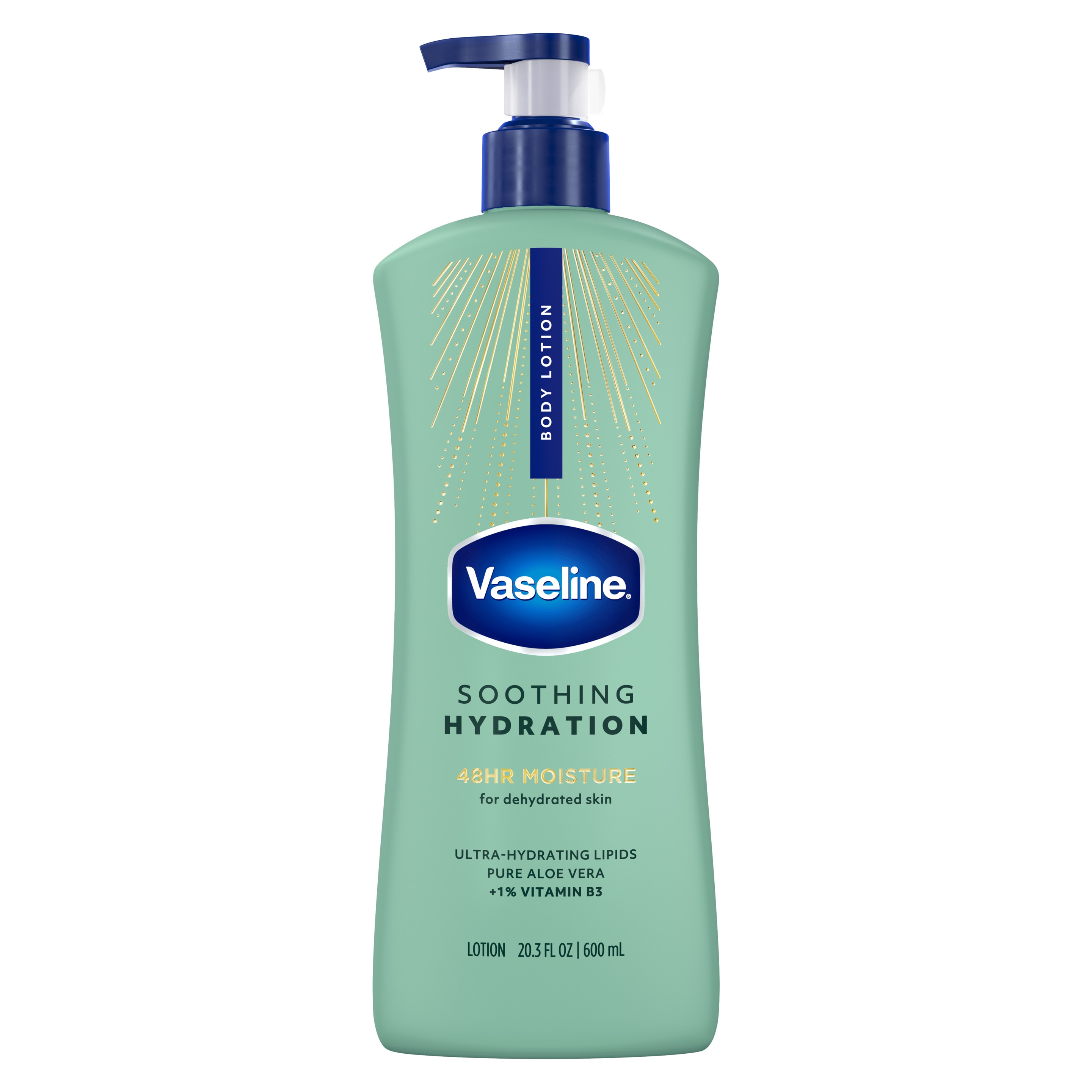Skip to content
Improve the appearance of sun damaged skin - read for tips!
Many of us enjoy sitting out in the sun during the warm summer months, but it’s important not to have too much of a good thing. Overexposure to ultraviolet (UV) light can be damaging to the skin. After experiencing sun damage, skin can look dry and rough, and you may start to notice a few premature wrinkles. Freckles and skin pigmentation may also appear. In some cases, excessive sun damage is believed to contribute to skin cancer.
So, how does sun damage happen? When your skin is exposed to UV rays, without protection, the rays can damage and even kill skin cells. This can cause dryness and skin pigmentation. As the stratum corneum (outermost layer of the skin) is damaged by UV exposure it thickens and becomes dehydrated, leading to rough, flaky skin. The sun’s rays can also damage the skin’s elastin – fibres that help the skin to stay smooth, supple, and youthful looking.
There are ways to help and improve the appearance of sun damaged skin, as well as protect it from further damage – read on for tips.
How to Improve the Appearance of Sun Damaged Skin
Remember to always consult with a doctor for medical advice about how to care for sun damaged skin.
- Home Cosmetic Remedies for Signs of Sun Damage to Skin
Serums & Lotions – If you’re suffering with dark sunspots and dull skin, try serums and lotions containing glycerin. The glycerin will rehydrate the skin by drawing in moisture to the skin’s layers to help it appear smoother and brighter. Vaseline® Intensive Care™ Radiance Restore Healing Serum contains a combination of glycerin and micro-droplets of Vaseline® Jelly, which lock in moisture, to heal dry skin and give you healthier, radiant looking skin.
Exfoliate – Buildup of dead and dry skin (a result of over-exposure to sun rays) on the outermost layer of the skin can make it appear dry, flaky, and uneven. After your skin has fully healed, gently exfoliating with a soft loofah and a mild cleanser will help to remove those dead skin cells, and leave your skin feeling smoother. Just remember to moisturize after exfoliating to restore moisture. - Preventing Sun Damage is Key
Skin with signs of sun damage isn’t just a problem that can occur in the summer months – UV rays are present even on cloudy days. It is important to wear a sunscreen with a Sun Protection Factor (SPF) of at least 15 – preferably 30 or higher – all year round to keep your skin healthy looking. Remember to apply sunscreen to all the areas of your body that will be exposed to the sun, even for brief periods of time. There are lighter creams available to help you protect your skin against the signs of sun damage to face and neck areas as well as thicker sunscreens that can be applied to hands, arms, legs and other areas of the body.
Incorporating sunscreen into your daily skin care routine really can be worthwhile – it will help protect your skin from sun damage and keep it looking youthful and radiant. Regular use of sunscreen can also help to protect skin that is already sun damaged and prevent it from getting worse. You should also try to keep out of direct sunlight during the hours of 10 am - 4 pm when UV rays are at their strongest.
With some effective skin care remedies you may be able help to improve the look of sun damaged skin and restore a healthy-looking glow.
Expert Advice
The advice in this article does not constitute medical advice, it is solely available for information purposes.









